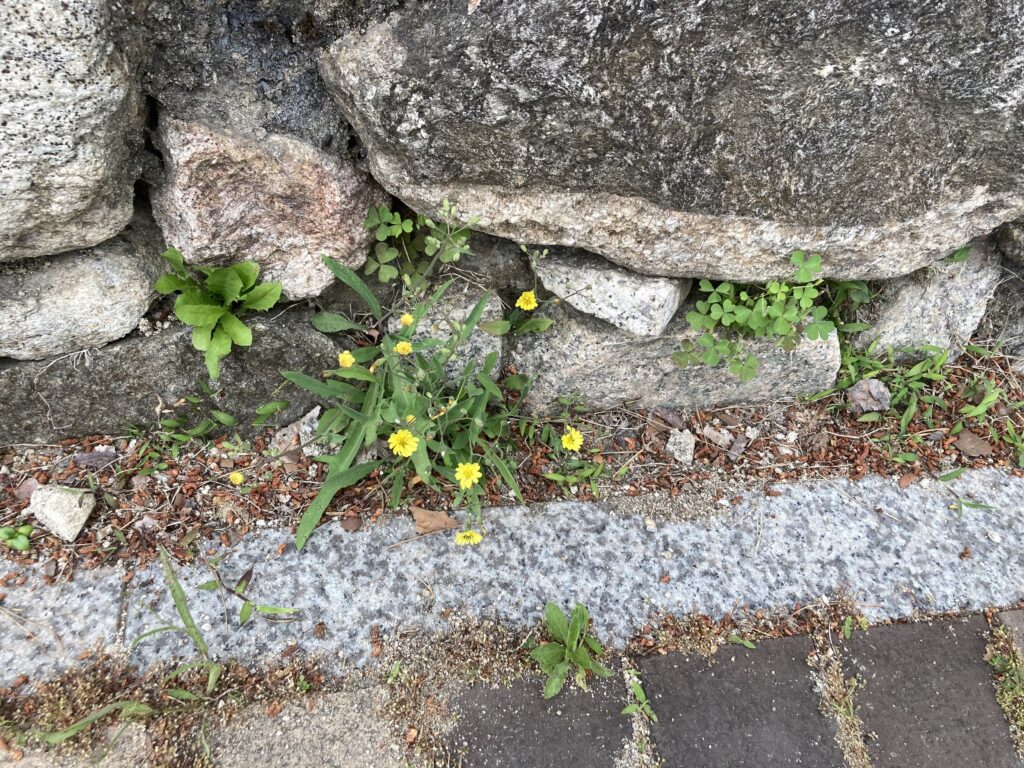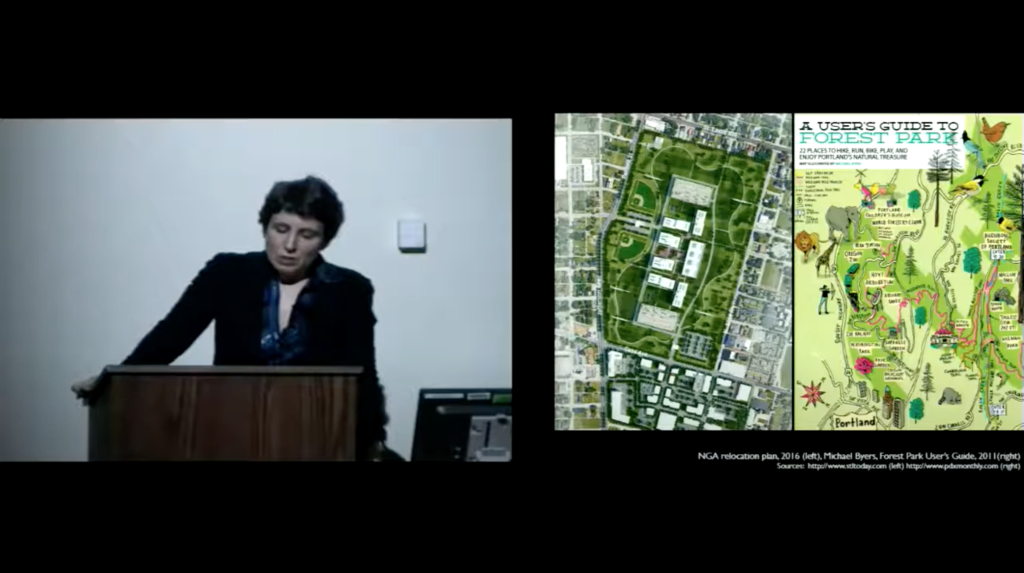Share this Collection
1 Citation in this Annotation:
Annotated by:
Jiyeon Moon on Notions of Nature and a Model for Managed Urban Wilds
4 March, 2025
Abandoned land, vacant lots emerge from human neglect, yet the urban wilds that form in these spaces challenge our perception of nature. For humans, nature has long been a target of conquest, a source of endless resources. After industrialization, it became a romanticized refuge—a pristine wilderness offering escape from artificial environments. In both cases, nature is approached from a one-sided, human-centered perspective. We exist alongside nature, but only within the boundaries set by human perception.

Wild plants found during the workshop
According to Jill Desimini, abandoned land, even without human intervention, fosters spontaneous biodiversity. She refers to this as Nouvelle Nature, presenting it as a possibility for coexistence between the wild and urban structures. In the seminar Architecture X Nature, we conducted a workshop examining the ecosystem of a nearby landfill. There, we found plants such as Canada goldenrod, shepherd’s purse, pokeweed, Japanese hop, and greater celandine—species deemed unnecessary in gardens and thus removed as “weeds.” Similarly, insects like lovebugs, mayflies, gall midges, and termites are exterminated en masse with pesticides when they appear in urban areas. Humans do not keep close the nature and ecosystems they consider unnecessary. Given this reality, is coexistence between humans and nature possible? Can we move toward a reciprocal relationship?
Perhaps not. As long as human survival does not depend on it, true coexistence—where nature and humanity support each other—will not be realized. We must come to recognize that it is no longer the human-made environment but the untamed, self-sustaining ecosystem itself that is essential for all of us to survive. We must acknowledge that land and nature can no longer be viewed solely as human resources—whether for food, materials, or any other form of exploitation. And when that moment arrives, we will come to a realization. “Ah, it’s already too late.”

HOPES [22] Conference: Response. “Urban Residues” Jill Desimini